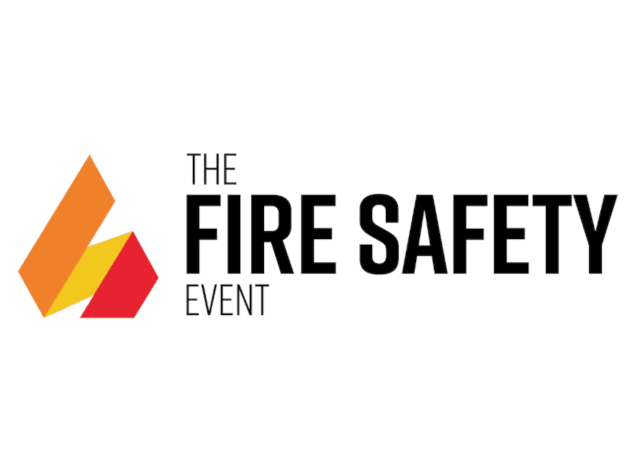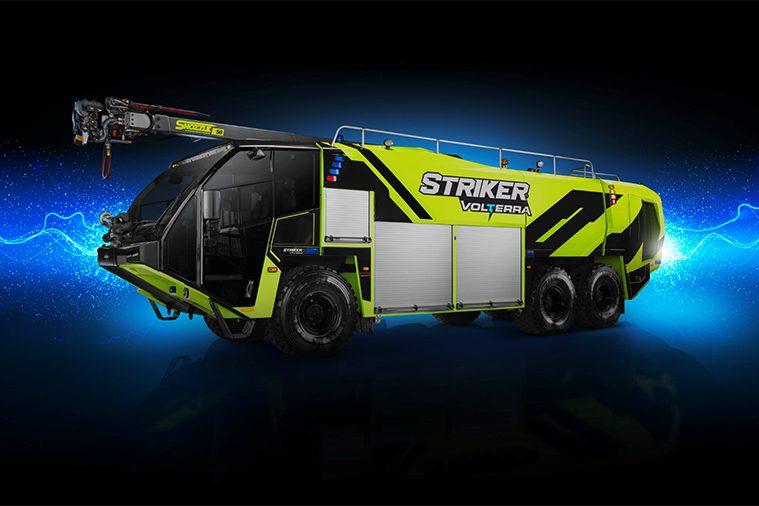NFPA releases the world’s first active shooter/hostile event standard
The National Fire Protection Association (NFPA) released NFPA 3000TM (PS), Standard for an Active Shooter / Hostile Event Response (ASHER) Program to help communities holistically deal with the fast-growing number of mass casualty incidents that continue to occur throughout the world. Serving as the first of its kind, NFPA 3000 provides unified planning, response and recovery guidance, as well as civilian and responder safety considerations.
“The NFPA 3000 process, from start to finish, has been an exceptional example of emergency responders and other safety-focused practitioners swiftly coming together to provide invaluable perspective and address a significant threat in our world,” NFPA President and CEO Jim Pauley said. “The proactive, integrated strategies recommended and defined in NFPA 3000 will go a long way in helping communities plan, respond and recover from active shooter and hostile events.”
This marks only the second time in NFPA’s 122-year history that they have issued a provisional standard. Provisional standards are developed in an expedited process to address an emergency situation or other special circumstance.
After the Pulse Nightclub massacre in June of 2016, Chief Otto Drozd of Orange County Fire in Florida requested that NFPA develop a standard to help authorities come together and create a well-defined, cohesive plan that works to minimize harm and maximize resiliency. NFPA responded by establishing the NFPA Technical Committee on Cross Functional Emergency Preparedness and Response. In mid-April, NFPA 3000 was issued by the NFPA Standards Council, making it the first consensus document related to active shooter and hostile events.
The 46-member Technical Committee responsible for NFPA 3000 is NFPA’s largest startup Committee, to date, with representation from law enforcement, the fire service, emergency medical services, hospitals, emergency management, private security, private business, the Department of Homeland Security (DHS), the Federal Bureau of Investigation (FBI), the Department of Justice, and many more. Committee members provided job-specific insight and real world observations from mass killings at Mandalay Bay Resort, Pulse Nightclub, Sandy Hook Elementary, the Sikh Temple, the Boston Marathon, and other less publicized events.
NFPA 3000 helps entire communities organize, manage, communicate, and sustain an active shooter/hostile event preparedness, response, and recovery program. In addition to offering NFPA 3000 via a new digital subscription – which will be updated automatically when the next edition becomes available – NFPA is offering an Online Training Series (the first of three courses are available now); a downloadable checklist; a readiness assessment document; and fact sheet for authorities to learn more about establishing a proactive, collaborative active shooter/hostile event program.
Some have asked why NFPA would be the organization to develop an active shooter standard. “For more than a century, NFPA has facilitated a respected consensus process that has produced some of the most widely used codes and standards in the world including more than 100 that impact first responders. Our purview goes far beyond our fire safety efforts as evidenced by our ongoing work to address new hazards with professionals in public safety, emergency management, community risk, electrical services, the energy sector, engineering, the chemical and industrial industries, healthcare, manufacturing, research, the government, and the built environment. The recent increase in active shooter incidents and the fire service involvement in them warranted NFPA’s standards development expertise, and the timely development of NFPA 3000,” Pauley said.




































